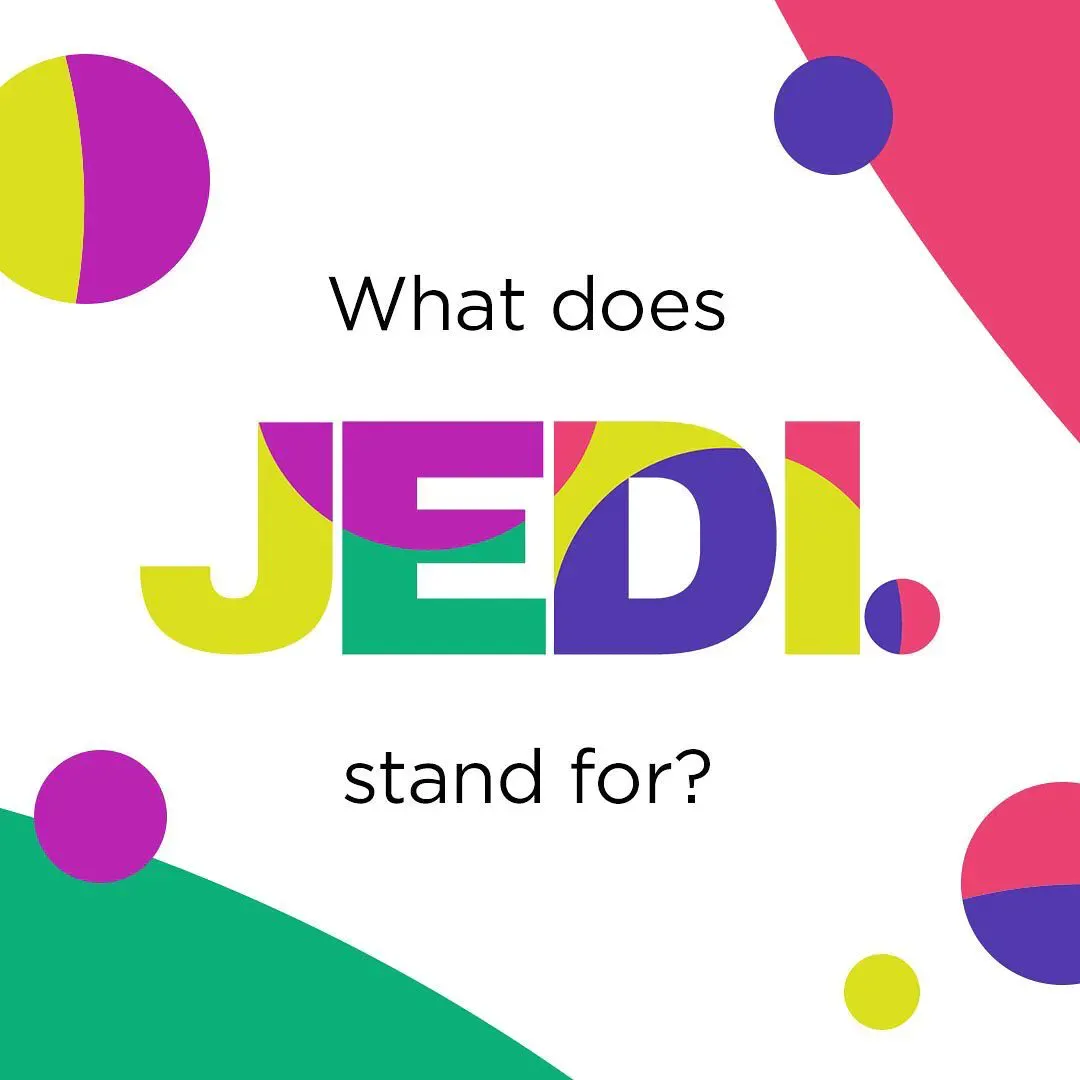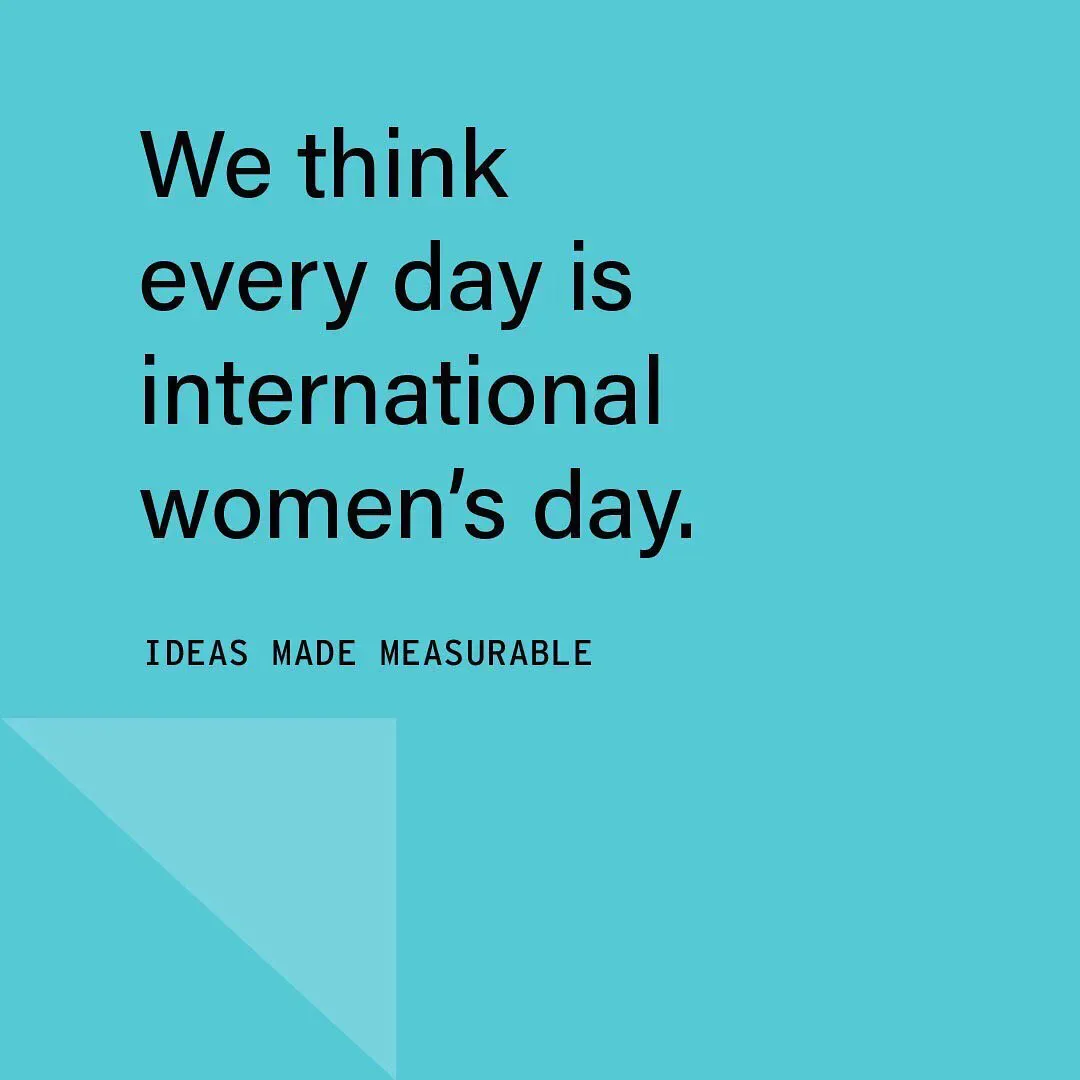
The Latest
What we think is worth a read
We love to both curate and write about interesting things. Below, you’ll find a snapshot of our vantage point.
B2B Marketing
Breaking the Bottleneck: A Modern Thought Leadership Strategy for B2B SaaS
August 2025
Content Marketing
Escape the B2B Content Clone Wars: How AI Can Unlock Original Thought Leadership
July 2025
Find us on social @imm_boulder








